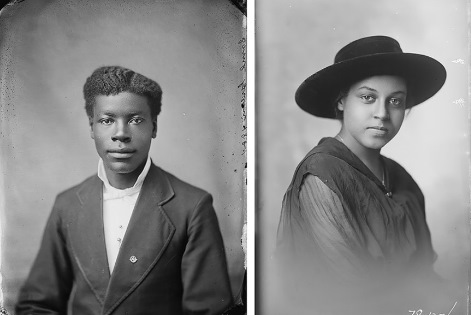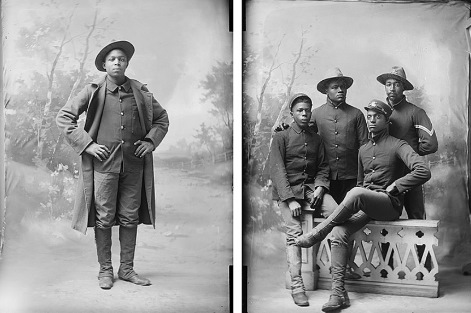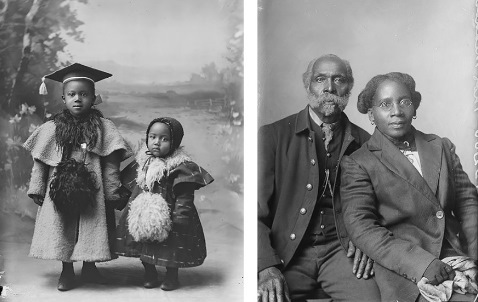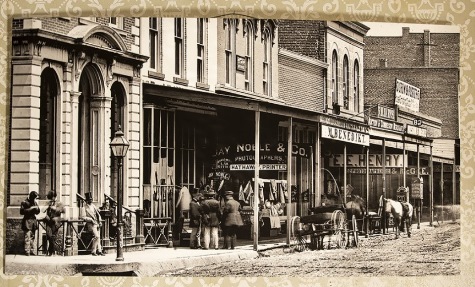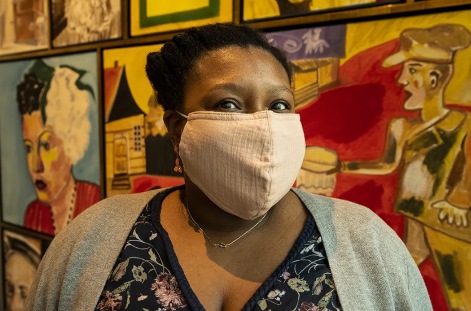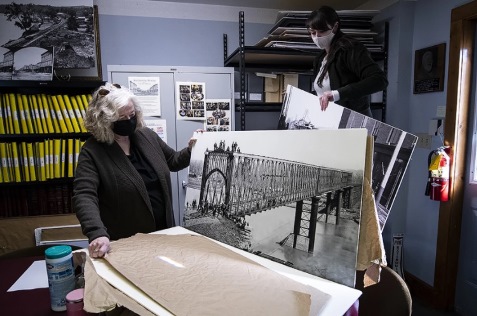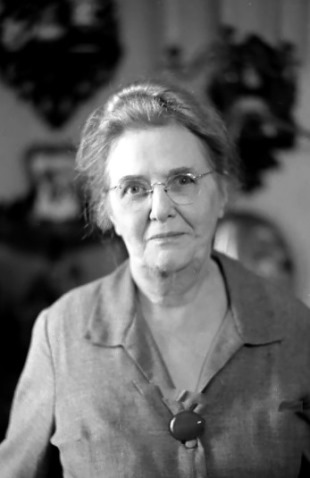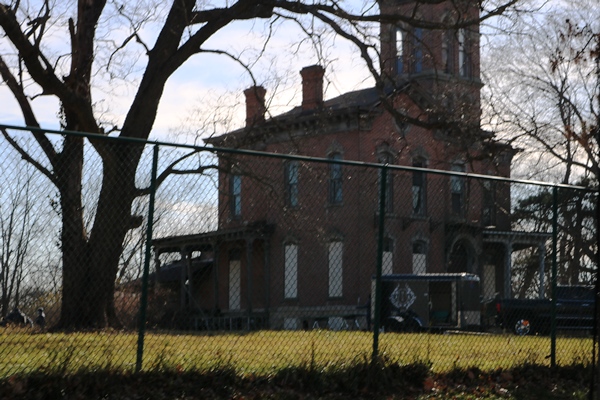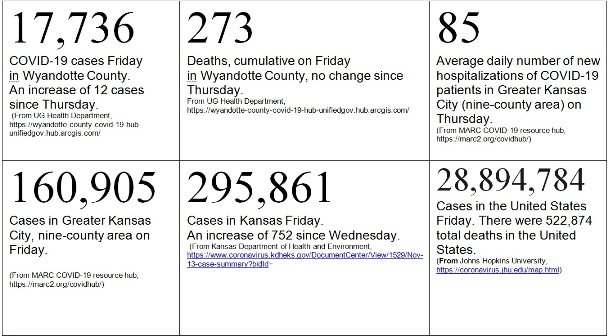
COVID-19 case numbers continue to be lower in the Kansas City area and in Wyandotte County, and doctors credited mask-wearing and vaccines for the improvement.
Amanda Cackler, director of quality and safety at KU Health System, said the hospital hasn’t seen an inpatient COVID-19 death since Feb. 24.
A new study in Israel reported there was a 70 percent reduction in ventilator use for COVID-19 cases since the vaccine rollout, according to Dr. Dana Hawkinson, medical director of infection prevention and control.
The number of COVID-19 cases and hospitalizations has dropped over the past few months, which makes it feel much more manageable to doctors, according to Dr. Steven Stites, chief medical officer at KU Health System.
But COVID-19 is still the single largest admitting diagnosis for people entering the hospital, according to Dr. Stites.
Cackler said for a long period of time, there haven’t been any flu or RSV positive cases in the hospital, both inpatients and outpatients.
“Vaccination for COVID does not protect against RSV. Clearly, the influenza vaccination protects against influenza,” Dr. Stites said. “But to have nothing at this time of year, there’s only one reason: It’s because you out there are doing a great job with your masking, distancing, hand washing, coughing into your elbow and not going out if you’re ill. Keep up the good work.”
Regardless of what’s being said by some, Dr. Stites said masks work and people still should be masked.
“It really suggests perhaps the behavior shouldn’t end, even with vaccination coming, as it relates to other diseases,” Cackler said.
Dr. Stites said viral illnesses start a little inflammation, which can cause other problems. He has seen COPD, asthma and emphysema triggered by forms of viral illness. If people don’t get a virus, they don’t see as many of these other complications, according to Dr. Stites. Those numbers for asthma and COPD are currently down, also, he said.
“There’s only one reason for that – infection control,” Dr. Stites said.
“We’re not saying you have to wear a mask 365 days a year once we have COVID conquered,” Dr. Stites said. “But there is something to that.”
Vulnerable people who may have asthma, COPD or heart failure might want to examine the idea of wearing masks more, according to Dr. Stites.
Recently there has been a 90 percent drop in new COVID-19 cases in the Kansas City area compared to about a month ago.
Cackler said she is concerned people are overly confident that they’re over the hump and will go back to normal life.
“We have to be extremely cautious,” she said. COVID-19 hasn’t been eliminated yet.
Masking and distancing need to continue, she said. If people can make it through the new few months with more vaccine distribution, then they can think about changing behaviors and returning to whatever the new normal will be, she said.
Dr. Dana Hawkinson said he is concerned about variants. There is some information that the B117 variant from the UK is more transmissible with a higher death rate, and that is still being studied, he said. In Houston, they’ve identified all those variants but are loosening restrictions, he added.
With variants present in the United States, and with the possibility of travel picking up in the spring and summer, the doctors are concerned. More than 25 states are reporting rising COVID-19 case numbers currently.
Dr. Stites said, “This game’s close, you’re late in the third quarter. Don’t fumble the ball at the 10-yard line.”
On July 1, when a lot more people are vaccinated, then they should have another conversation, he said.
Cackler said the CDC’s guidance on gatherings, masking and distancing hasn’t changed yet, and the health system doesn’t have any change in its recommendations. Masks and social distancing are still recommended.
She added that the health system has received a lot of calls from people wanting guidance about events they are planning later this year.
“We don’t have that crystal ball to know exactly what events will look like in April or September, so we just have to keep the course,” Cackler said.
When asked if a group of four people, all who had vaccinations, could gather together and take their masks off, Cackler said she personally is not doing that.
If they’re not her household contacts, she is still distancing and masking, she said. While it is great news that transmission may be reduced as much as 70 percent by the vaccine, it still isn’t zero and people may not take into account that others have vulnerable conditions, according to Cackler.
“The transmission can still happen,” Cackler said, “so I think we just have to be extremely cautious. We need to wait and see a little bit more.”
“You may give asymptomatic transmission to someone else who’s been vaccinated, but that person could give it to someone else who’s not been vaccinated,” Dr. Stites said.
Dr. Hawkinson said he expected new guidance on these questions to come soon from the CDC.
COVID-19 case numbers reported
The total number of COVID-19 active and recovering COVID-19 patients at the University of Kansas Health System was 46 on Friday, an increase of two from Thursday, according to Dr. Hawkinson, medical director of infection prevention and control. There were 15 active COVID-19 patients in the hospital, an increase of one since Thursday. Three of those patients were in the intensive care unit, the same as Thursday. One of those was on a ventilator, no change since Thursday. There were another 31 patients hospitalized because of COVID-19 who were out of the acute phase, an increase of one since Thursday..
Wyandotte County reported an increase of 12 COVID-19 case on Friday, March 5, for a cumulative 17,736 cases. There was a cumulative total of 273 deaths reported, no change since Thursday.
The Mid-America Regional Council’s COVID-19 dashboard reported 160,905 cumulative COVID-19 cases on Friday. The daily average of new hospitalizations was 85. Cumulative deaths in the nine-county area were 2,230.
The state of Kansas reported 295,861 cumulative COVID-19 cases on Friday, March 5, an increase of 752 cases since Wednesday. There were a total cumulative 4,812 deaths, a decrease of four since Wednesday, KDHE figures. The KDHE stated that the decrease in deaths was attributed to a review of death certificates. Some deaths originally reported as COVID-19 were determined during the review as not having had COVID-19 as the main cause or contributing cause of death, according to the KDHE>
The Johns Hopkins University COVID-19 dashboard on Friday night reported 28,894,784 cases in the United States, with 522,874 total deaths nationwide.
COVID-19 tests scheduled Saturday
The Pierson Community Center COVID-19 testing site at 831 S. 55th is open at 9 a.m. Saturday, March 6. Tests are through WellHealth. Appointments are required, check with the website, www.gogettested.com/Kansas, for available appointment times.
Another COVID-19 testing site will be at Lowe’s, 6920 State Ave., Kansas City, Kansas, starting at 8 a.m. Saturday. Tests are through WellHealth. Appointments are required, check with the website, www.gogettested.com/Kansas, for available appointment times.
Unified Government COVID-19 testing and vaccine sites are scheduled to be open on Monday, March 8. The Unified Government Health Department’s COVID-19 test site at the former Kmart building at 78th and State will be open Monday, March 8, from 9 a.m. to 3 p.m. Appointments are not needed for COVID-19 tests there on Monday. There is also another UG Health Department location for COVID-19 testing at the former Best Buy store, 10500 Parallel Parkway. More information is at https://wyandotte-county-covid-19-hub-unifiedgov.hub.arcgis.com/pages/what-to-do-if-you-think-you-have-covid-19. To see if there is any change to the schedule, visit https://www.facebook.com/UGHealthDept.
The Health Department is offering saliva COVID-19 tests to the public. Tests from the Health Department are free for those who live or work in Wyandotte County.
The tests are open to asymptomatic people as well as those who have symptoms or have been exposed to COVID-19. Check with the UG Health Department’s Facebook page to see if there have been any changes in the schedule. Bring something that shows that you live or work in Wyandotte County, such as a utility bill.
Walk-in vaccines available for those 85 and older
The UG Health Department is offering COVID-19 vaccines Monday through Friday for Wyandotte County residents who are over 65.
Those Wyandotte County residents who are 85 or older can walk in and do not need an appointment at the vaccination sites at 7836 State Ave. and 10500 Parallel Parkway. The sites are open from 9 a.m. to 3 p.m. Monday through Friday.
Those who are 65 and older, as well as critical workers, still need appointments for vaccines.
All those 65 and older should bring an ID or other proof of age, such as driver’s license, government ID or birth certificate, as well as something showing their Wyandotte County address, such as an ID or a piece of mail.
For more vaccine information, and to fill out a form expressing interest in getting a vaccine, visit WycoVaccines.org or call 3-1-1.
Testing sites are at https://wyandotte-county-covid-19-hub-unifiedgov.hub.arcgis.com/pages/what-to-do-if-you-think-you-have-covid-19.
Saliva testing is now offered at the UG Health Department. For more information, visit https://alpha.wycokck.org/files/assets/public/health/documents/covid/02042021-ugphd-saliva-testing-available.pdf.
The KU doctors’ news conference is at https://www.facebook.com/kuhospital/videos/182849756687345.
The University of Kansas Health System COVID-19 update page is at https://www.kansashealthsystem.com/patient-visitor/covid19-update.
A weekly vaccine report for the state of Kansas is at
https://www.kansasvaccine.gov/DocumentCenter/View/123/Vaccine-Historical-Document-22521?bidId=.
Cards and letters of encouragement for caregivers at KU Health System may be sent to Share Joy, care of Patient Relations, 4000 Cambridge St., Mailstop 1021, Kansas City, Kansas, 66160. Emails can be sent to ShareJoy@kumc.edu.
Wyandotte County is under a mandatory mask and social distancing order.
The UG COVID-19 webpage is at https://alpha.wycokck.org/Coronavirus-COVID-19-Information.
The KDHE’s COVID-19 webpage is at https://www.coronavirus.kdheks.gov/.
The KC Region COVID-19 Hub dashboard is at https://marc2.org/covidhub/.
The Wyandotte County page on the Johns Hopkins COVID-19 website is at https://bao.arcgis.com/covid-19/jhu/county/20209.html.
The Johns Hopkins Data in Motion, a presentation on critical COVID-19 data in the past 24 hours, is at https://coronavirus.jhu.edu/covid-19-daily-video.

